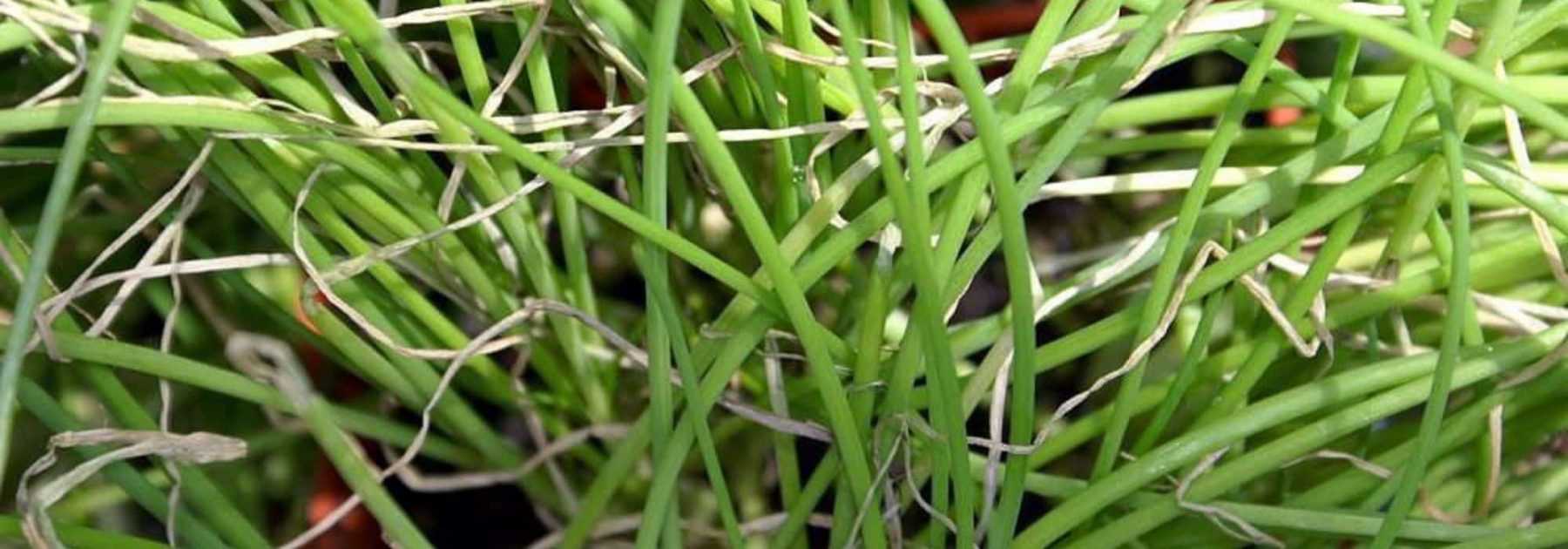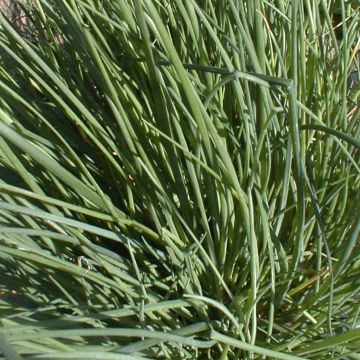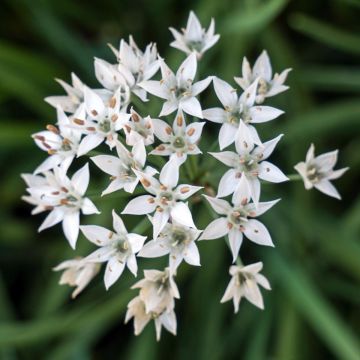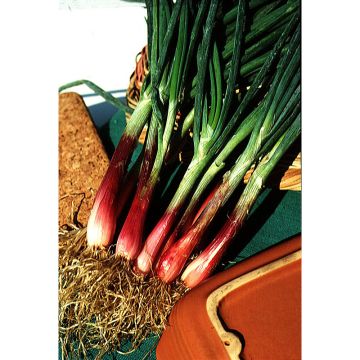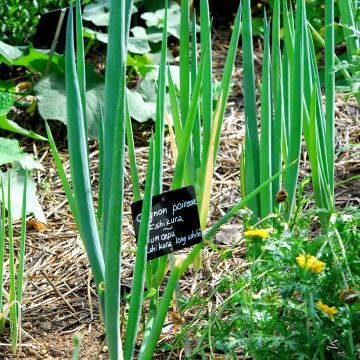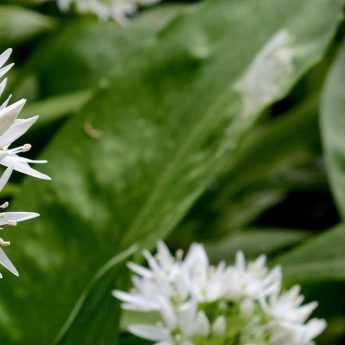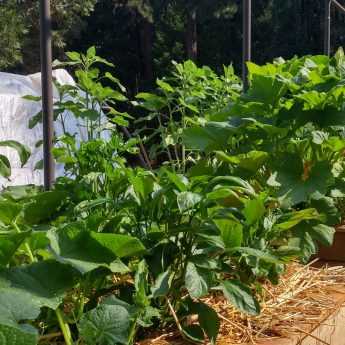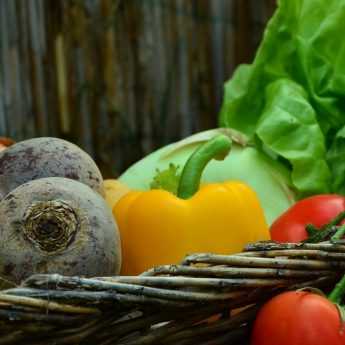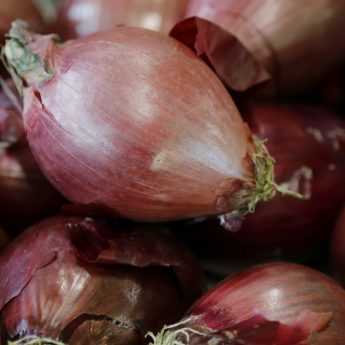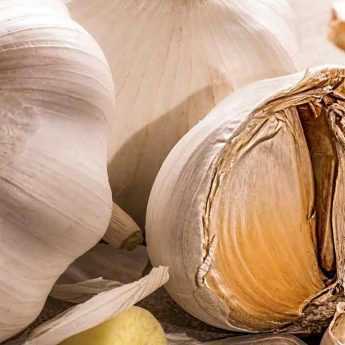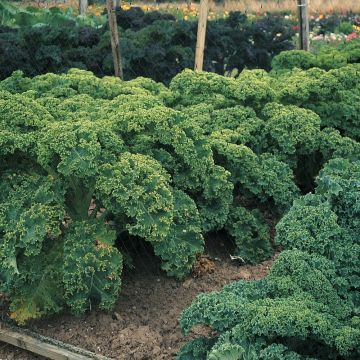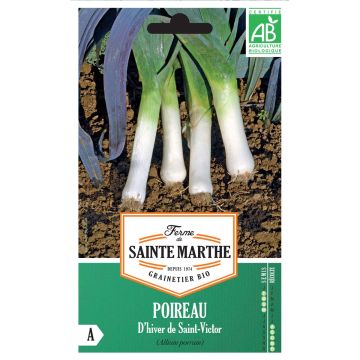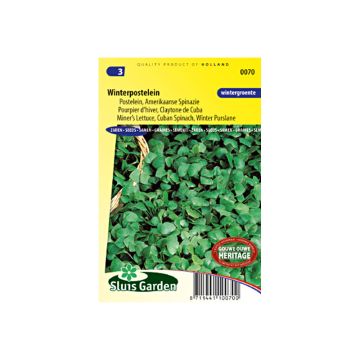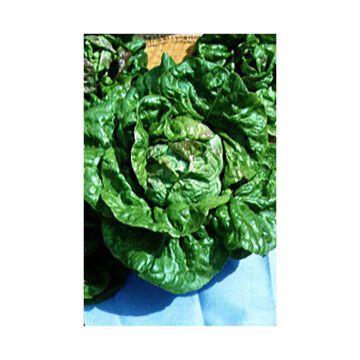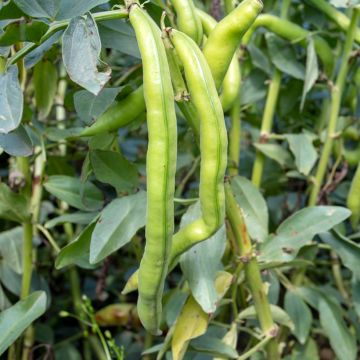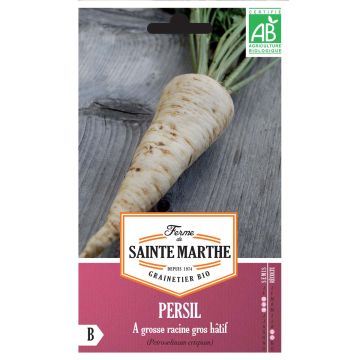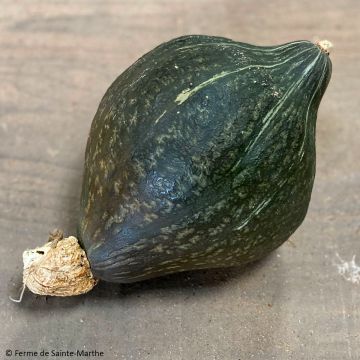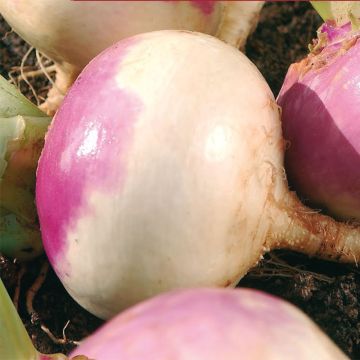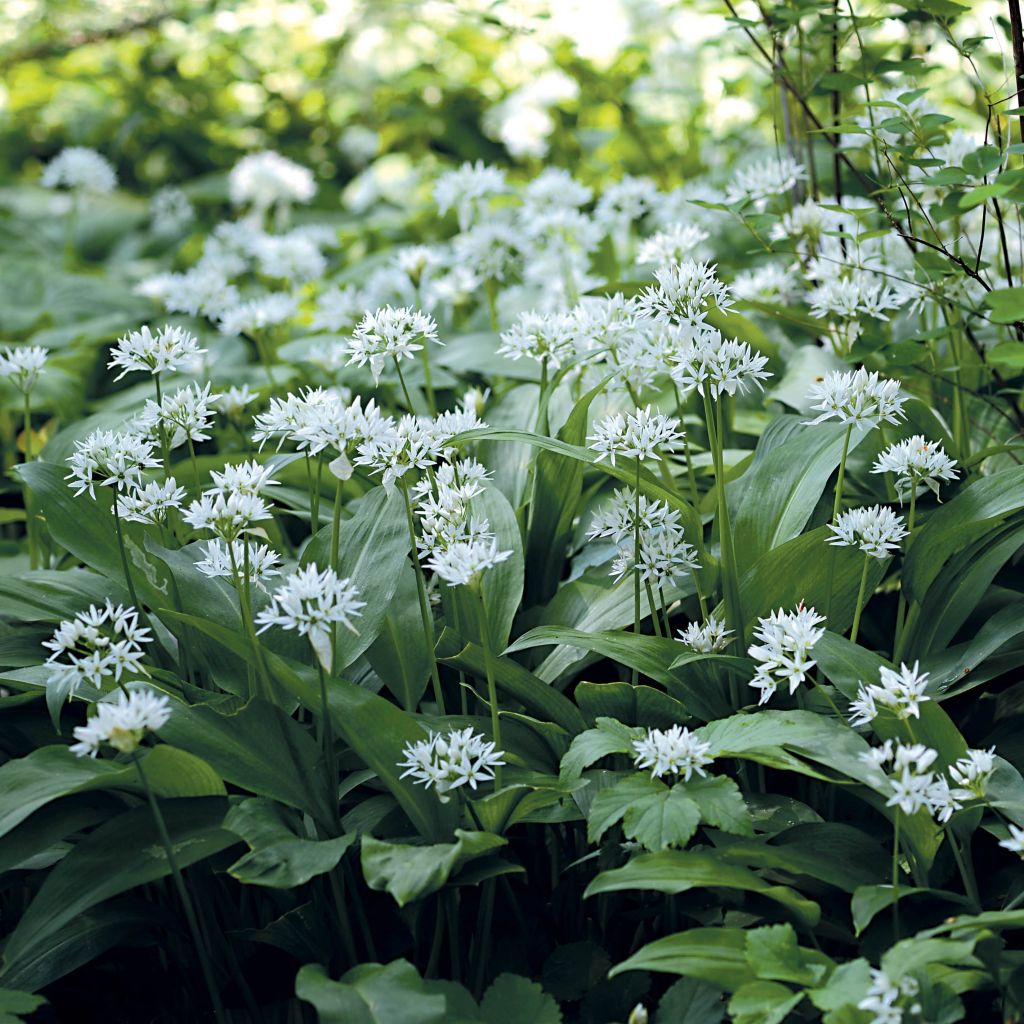

Bear's Garlic - Allium ursinum
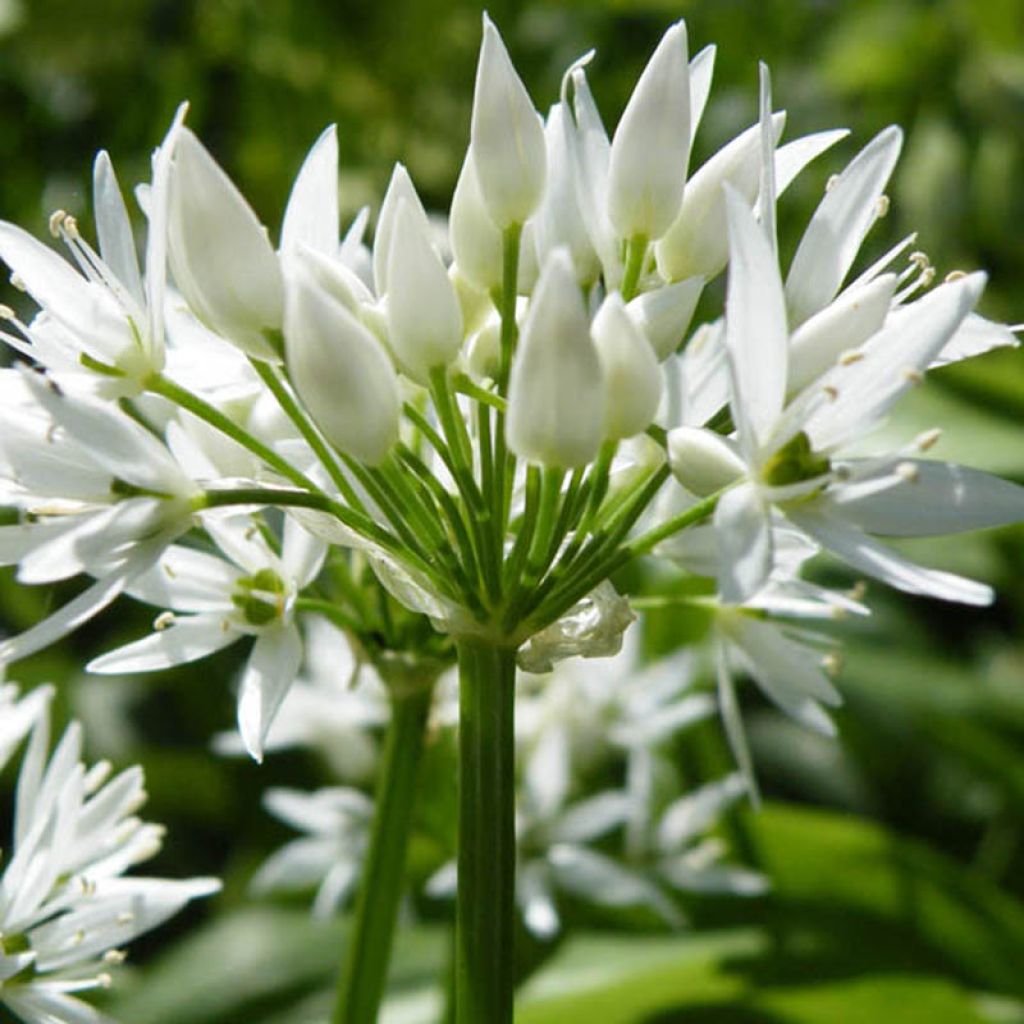

Bear's Garlic - Allium ursinum
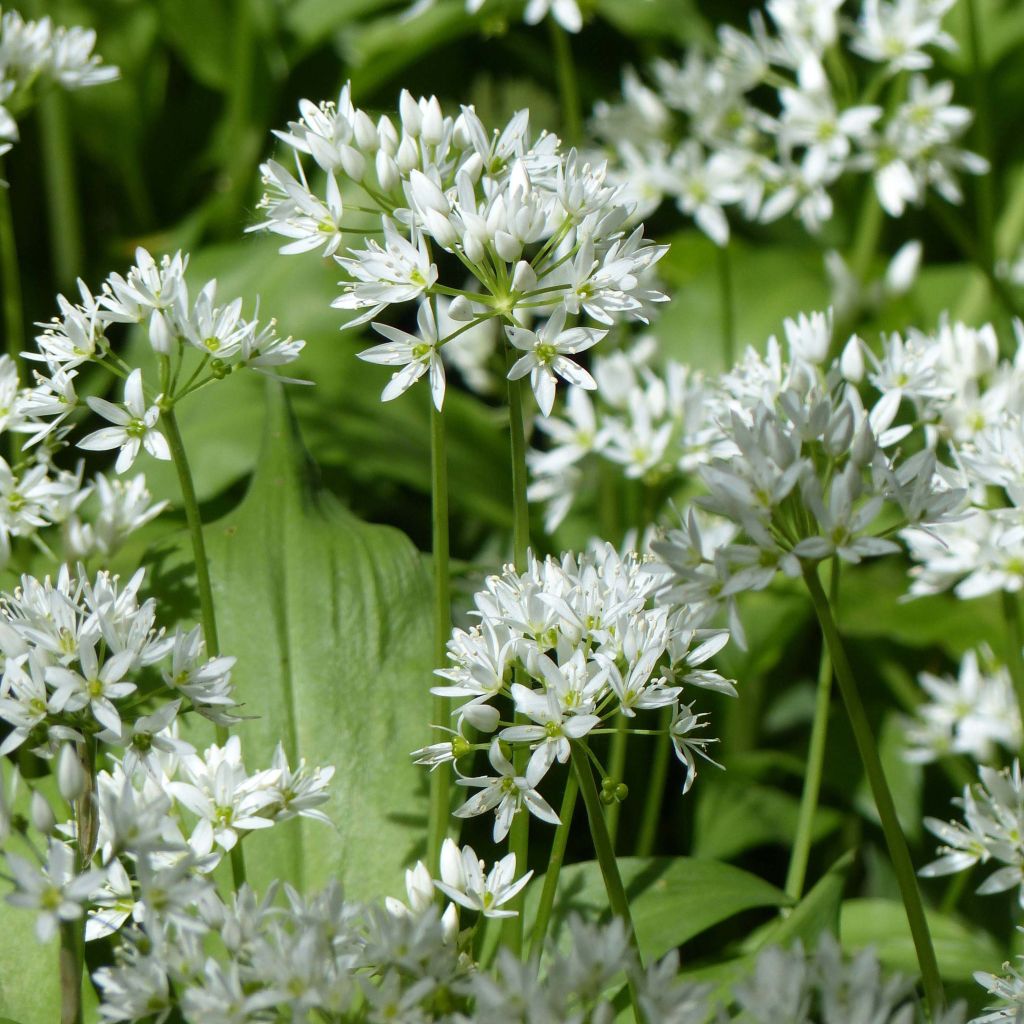

Bear's Garlic - Allium ursinum
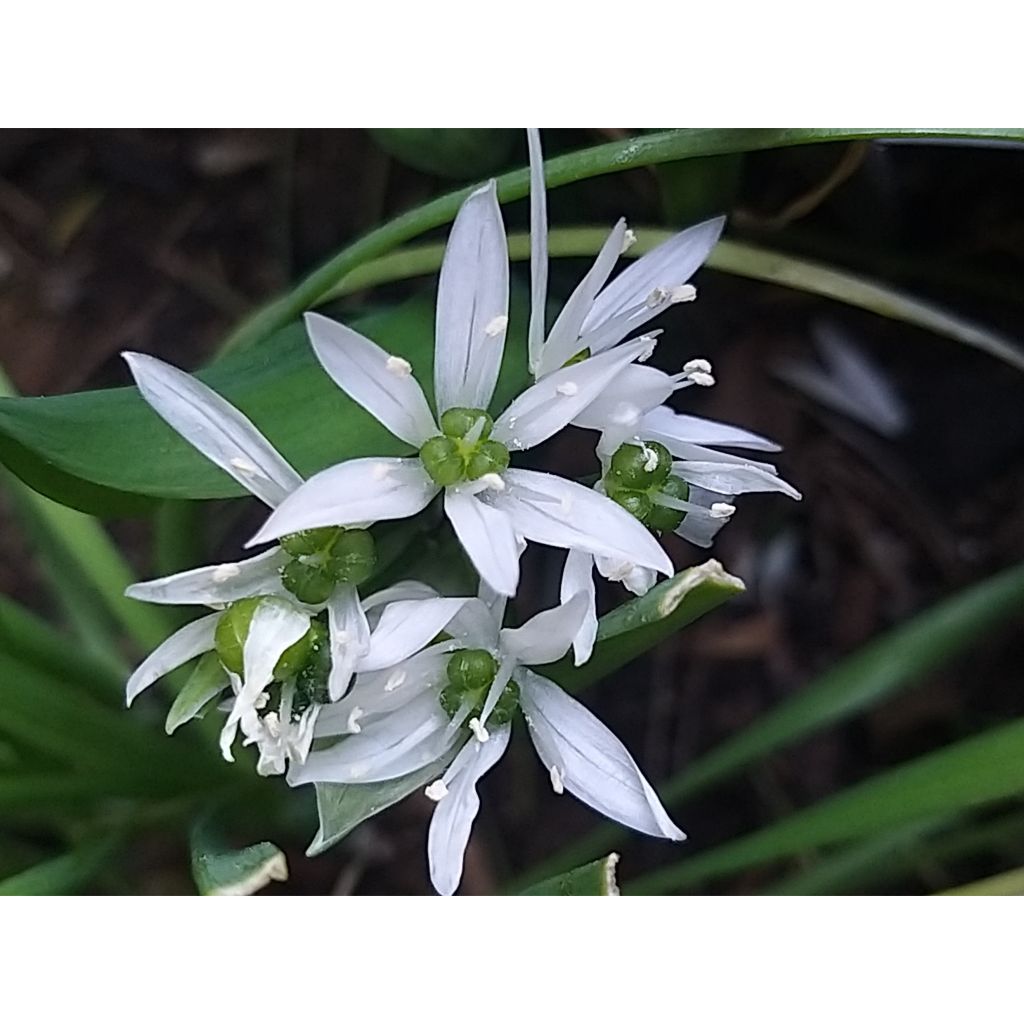

Bear's Garlic - Allium ursinum
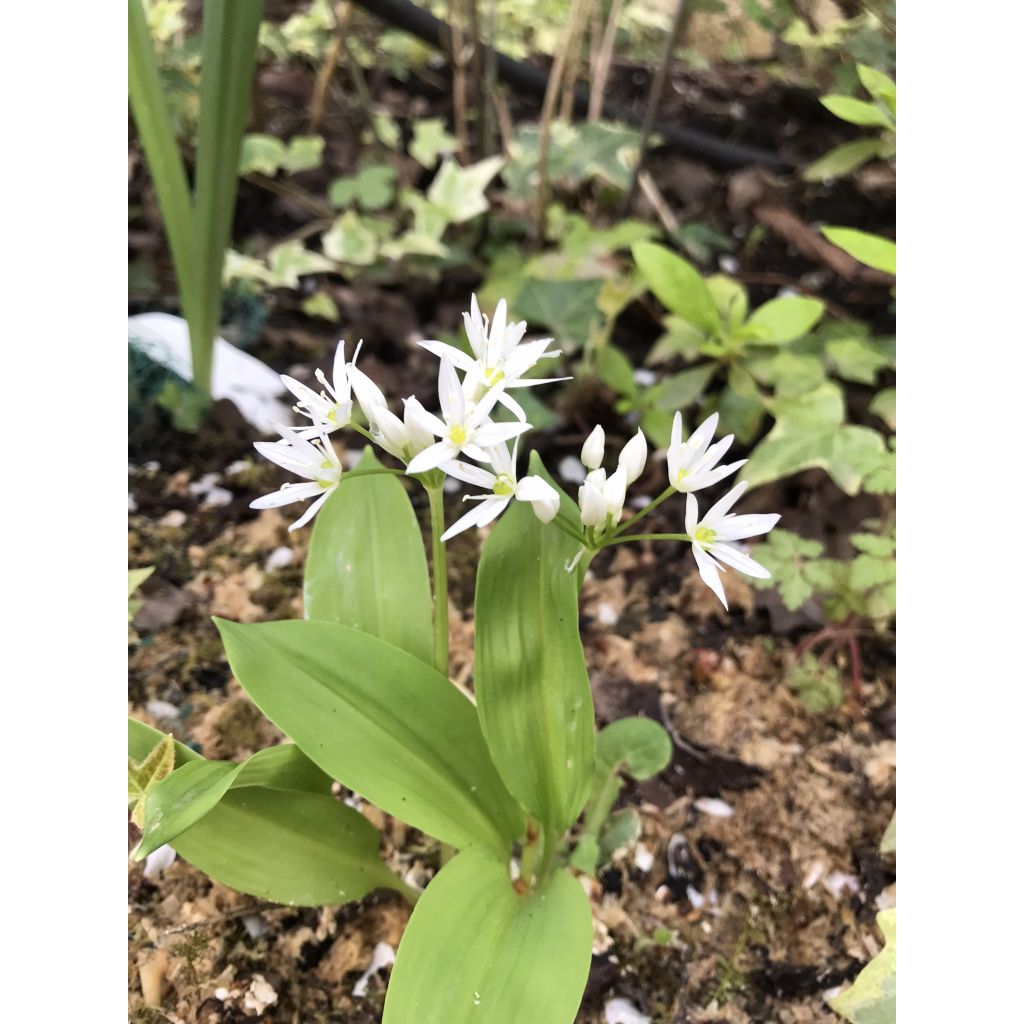

Bear's Garlic - Allium ursinum
Bear's Garlic - Allium ursinum
Allium ursinum
Ramsons, Wild Garlic, Bear's Garlic
This item cannot be shipped to the selected country
Delivery charge from €6.90
More information
Delivery charge from €6.90
More information
Schedule delivery date,
and select date in basket
This plant carries a 6 months recovery warranty
More information
We guarantee the quality of our plants for a full growing cycle, and will replace at our expense any plant that fails to recover under normal climatic and planting conditions.
From €7.90 for pickup delivery and €6.90 for home delivery
Express home delivery from €8.90.
Description
Wild Garlic, allium ursinum, or Ramsons, is a small perennial woodland bulb that naturalises easily. It has large, narrow leaves, and from April to June, it displays a charming flowering in white umbels. It is a very ancient culinary and medicinal plant whose bulb, flower buds, and leaves are consumed. It can be harvested from January to October.
Wild Garlic is a European species that grows spontaneously in woodlands, and like cultivated garlic, it belongs to the lily family. It is hardy and perennial, at least at -15°C (5°F). It is a bulbous plant with an erect habit, reaching 15 to 20 cm (6 to 8in) in height. It bears narrow, petiolate leaves at the base of its stem. It flowers in spherical white umbels that are slightly yellowish from April to June, depending on the region. It is a deciduous plant that completely disappears at the end of spring.
All parts of the plant are edible, including the bulb, flower buds, and leaves. It can be cooked as a vegetable, boiled like spinach, or used as a condiment to enhance salads, soups, etc. Wild Garlic can also be used to make infusions.
Wild Garlic has numerous benefits: it contains a lot of vitamin C and is detoxifying, hypotensive, and antiseptic, among other things. In the garden, Wild Garlic thrives in shady or semi-shady areas with moist, well-drained, humus-rich soil. It can be grown in the vegetable garden and shaded areas, forming a beautiful ground cover.
Harvesting: It can be harvested over a long period, from January to October. However, don't be too greedy as it reproduces through its bulbs, so leaving some in place is essential to allow it to multiply.
Storage: The leaves can be dried and stored in a dark, dry place.
Gardener's tip: Before its characteristic flowering, Wild Garlic can be mistaken for several highly toxic plants such as Lily of the Valley, Autumn Crocus, and Arum. Wait a bit, or trust your nose: only Allium ursinum has a garlic odour.
Note: Wild Garlic is a bulbous plant that goes dormant at the end of spring. Its green foliage gradually turns yellow and disappears at the end of spring, only to reappear in late winter.
Bear's Garlic - Allium ursinum in pictures
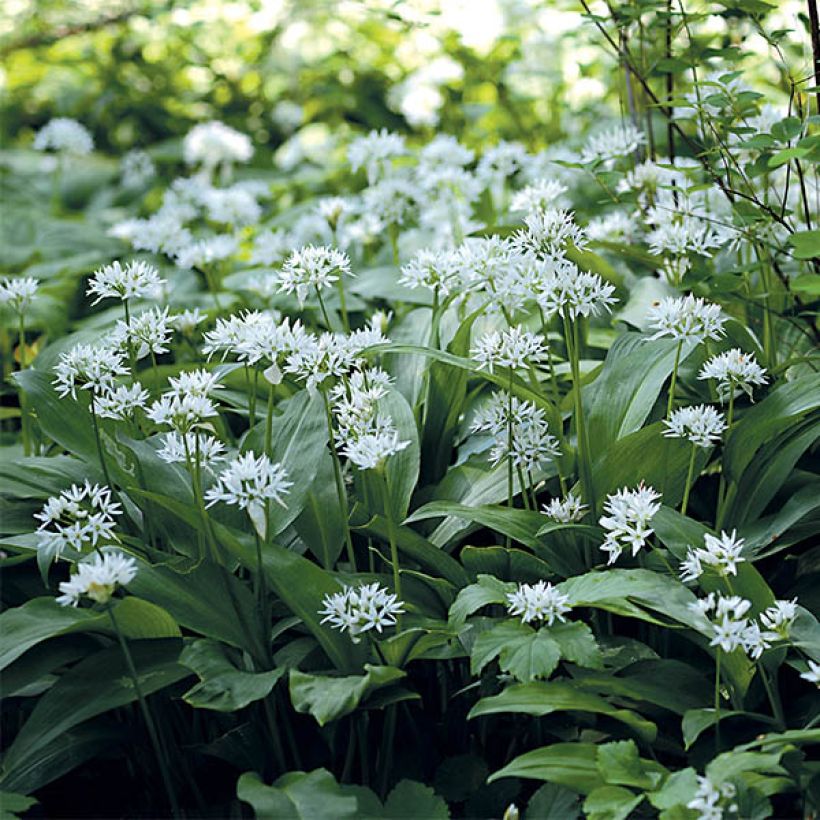

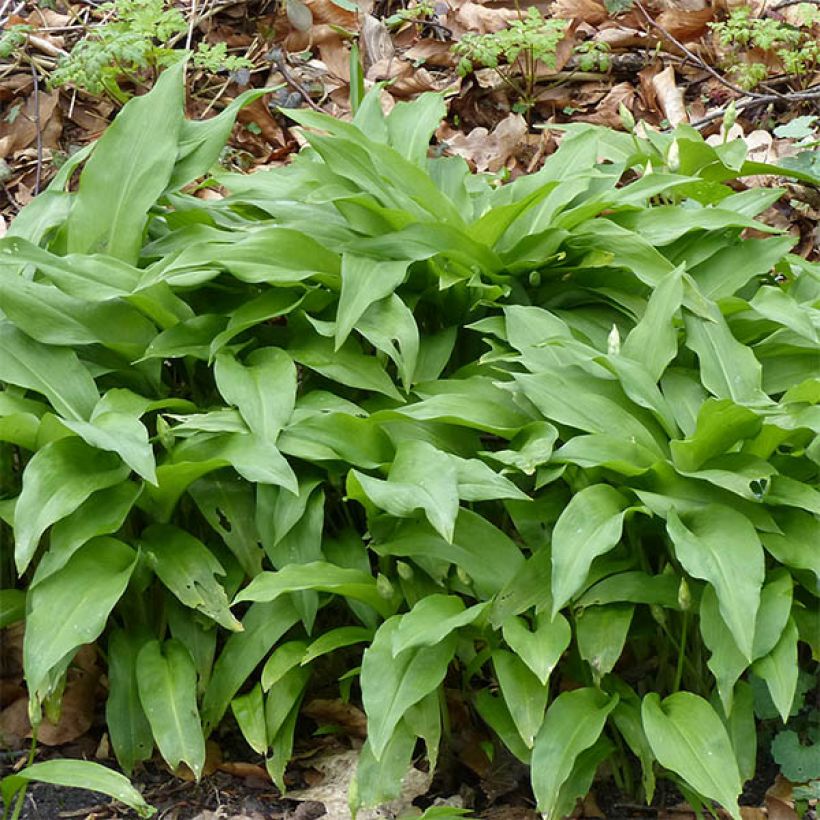

Harvest
Plant habit
Foliage
Other Spring onion
View all →Planting and care
To cultivate wild garlic, choose a shady location as it prefers cool, moist and humus-rich soil. If compost is needed, it should preferably be applied in autumn in the form of well-rotted compost by scratching it into the soil to a depth of 5 cm (2in) after having loosened the soil, as is done for all vegetable crops.
Planting is preferably done in spring, from March to May, or in autumn, September to October. The plants should be spaced 10 to 15 cm (4 to 6in) apart in all directions. Loosen the soil deeply. Dig a hole (3 times the volume of the root ball), place the root ball, and cover it with soil. Firmly press down and water to keep the soil moist.
Cultivation
Care
Intended location
Planting & care advice
-
, onOrder confirmed
Reply from on Promesse de fleurs
Old and forgotten vegetables
Haven't found what you were looking for?
Hardiness is the lowest winter temperature a plant can endure without suffering serious damage or even dying. However, hardiness is affected by location (a sheltered area, such as a patio), protection (winter cover) and soil type (hardiness is improved by well-drained soil).

Photo Sharing Terms & Conditions
In order to encourage gardeners to interact and share their experiences, Promesse de fleurs offers various media enabling content to be uploaded onto its Site - in particular via the ‘Photo sharing’ module.
The User agrees to refrain from:
- Posting any content that is illegal, prejudicial, insulting, racist, inciteful to hatred, revisionist, contrary to public decency, that infringes on privacy or on the privacy rights of third parties, in particular the publicity rights of persons and goods, intellectual property rights, or the right to privacy.
- Submitting content on behalf of a third party;
- Impersonate the identity of a third party and/or publish any personal information about a third party;
In general, the User undertakes to refrain from any unethical behaviour.
All Content (in particular text, comments, files, images, photos, videos, creative works, etc.), which may be subject to property or intellectual property rights, image or other private rights, shall remain the property of the User, subject to the limited rights granted by the terms of the licence granted by Promesse de fleurs as stated below. Users are at liberty to publish or not to publish such Content on the Site, notably via the ‘Photo Sharing’ facility, and accept that this Content shall be made public and freely accessible, notably on the Internet.
Users further acknowledge, undertake to have ,and guarantee that they hold all necessary rights and permissions to publish such material on the Site, in particular with regard to the legislation in force pertaining to any privacy, property, intellectual property, image, or contractual rights, or rights of any other nature. By publishing such Content on the Site, Users acknowledge accepting full liability as publishers of the Content within the meaning of the law, and grant Promesse de fleurs, free of charge, an inclusive, worldwide licence for the said Content for the entire duration of its publication, including all reproduction, representation, up/downloading, displaying, performing, transmission, and storage rights.
Users also grant permission for their name to be linked to the Content and accept that this link may not always be made available.
By engaging in posting material, Users consent to their Content becoming automatically accessible on the Internet, in particular on other sites and/or blogs and/or web pages of the Promesse de fleurs site, including in particular social pages and the Promesse de fleurs catalogue.
Users may secure the removal of entrusted content free of charge by issuing a simple request via our contact form.

































